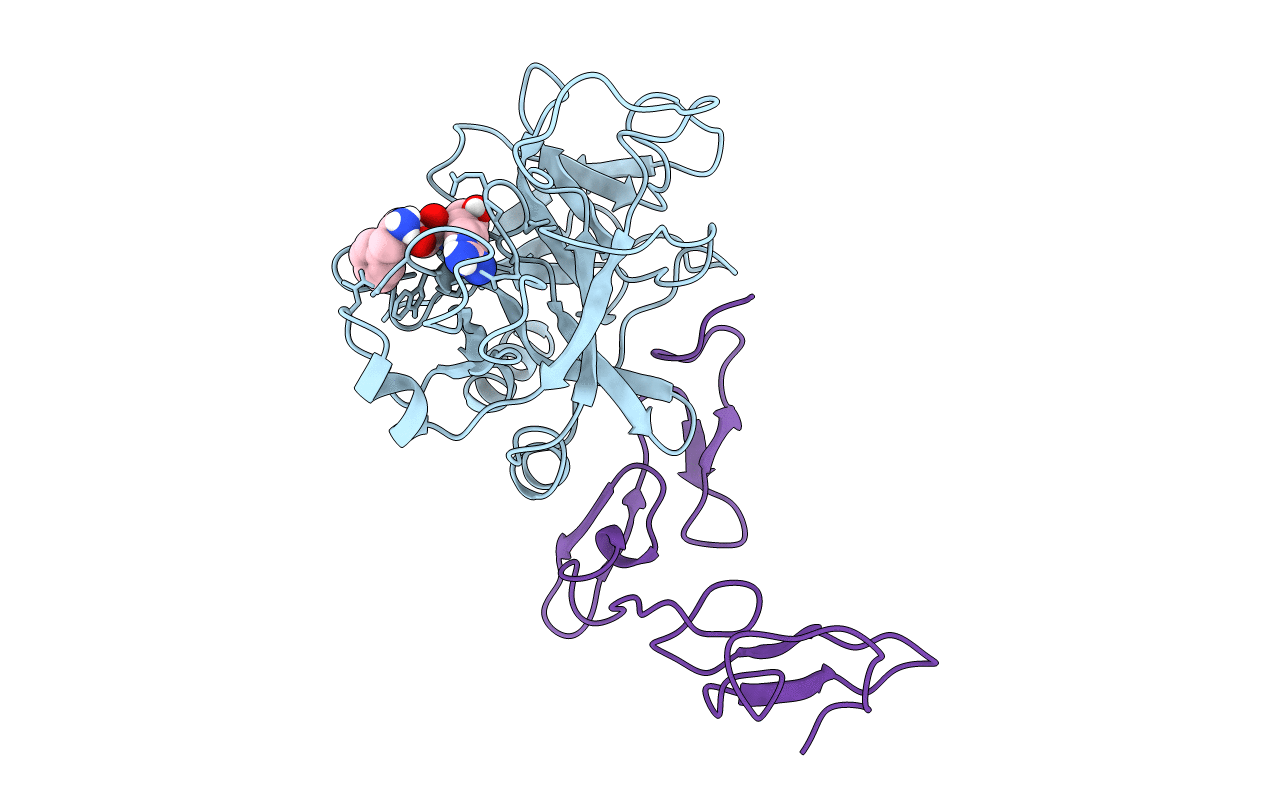
Deposition Date
1996-06-08
Release Date
1997-08-20
Last Version Date
2024-10-23
Method Details:
Experimental Method:
Resolution:
2.80 Å
R-Value Work:
0.18
Space Group:
P 21 21 21


